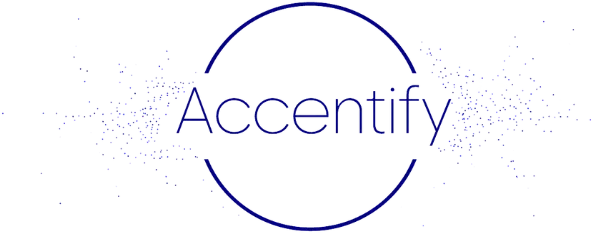California company Spout has launched a kitchen gadget that turns moisture from the air into drinkable water, based on technology used by NASA.
The atmospheric water generator is the size of a large coffee machine and can produce 7.5 liters of water per day.
This is accomplished using a rotating drying wheel, also used in dehumidifiers, which removes water molecules from the air as they flow through the honeycomb structure of the wheel.
“The ceramic honeycomb is a marvel of molecular engineering,” Robin Vollmer, CEO and co-founder of Spout, told Dezeen.
“Using zeolite, a material with microscopic pores, it acts like a sponge, attracting and trapping water molecules from the air.”
“As it rotates, the honeycomb moves into a heated section, where the bonds holding the water are gently released, turning the captured vapor into liquid water through condensation.”
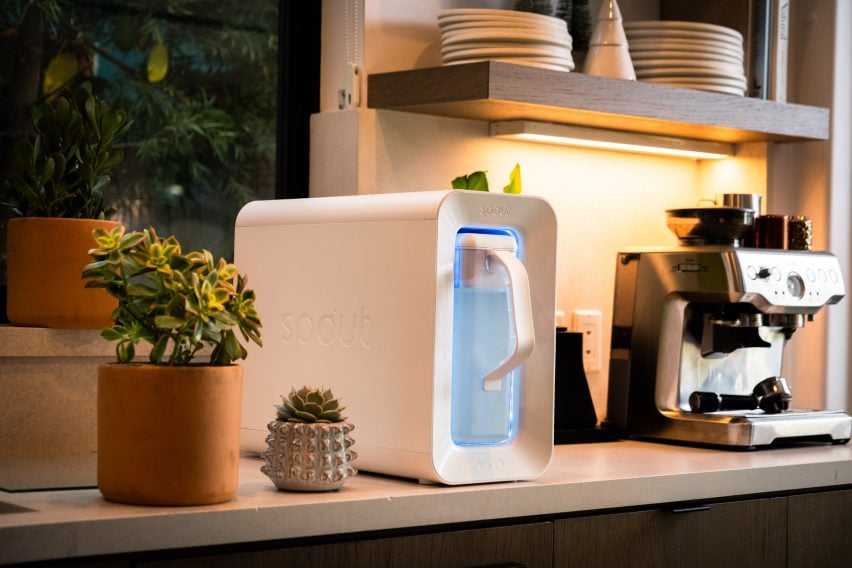
The device is 38 cm long and is designed to be placed on kitchen countertops. In average conditions, it can fill a 500ml bottle in about an hour and a half, producing up to 7.5 liters of water per day – enough to meet the daily needs of a family of three.
Spout’s Los Angeles-based parent company hopes the device will reduce the use of plastic bottles. Americans buy about 50 billion water bottles annually, and plastic waste generation in the United States is expected to exceed 140 million metric tons by 2060.
“At its core, it provides water independence, ensuring that families always have a safe, unlimited supply of clean water without relying on plastic bottles or inconsistent municipal sources,” Vollmer said.
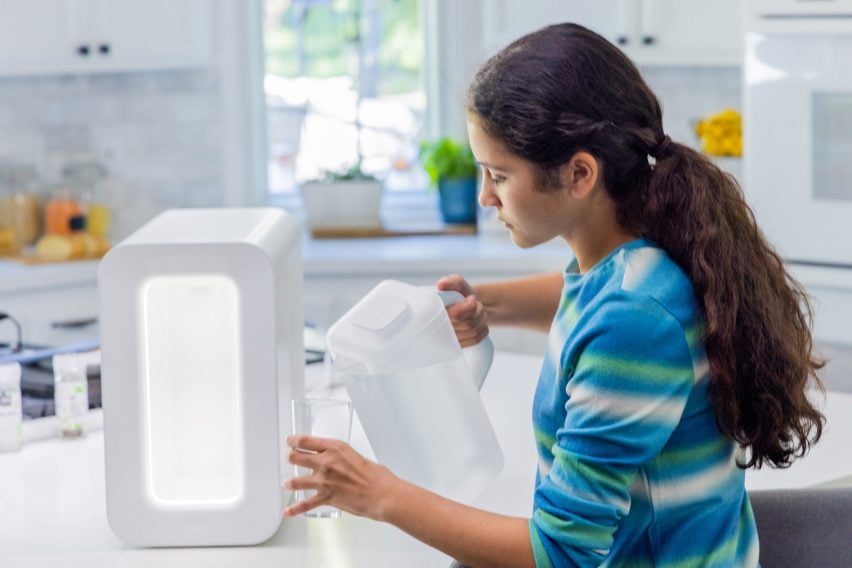
The faucet works best if the air humidity is above 20%, but it can still produce water below that level. Ideally, air humidity should be 40 percent or more, the company said.
“We designed the faucet to operate in as wide a range of temperatures and humidity as possible thanks to our patented process and ceramic honeycomb wheel that efficiently absorbs water from the air,” Vollmer said.
According to the company, the water produced by the tap device is free of polyfluoroalkyl substances (PFAS), lead and microplastics, as the device generates “99 percent of pure drinking water directly from the air.”
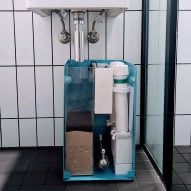
Laero is developing a home system to convert wastewater into drinking water
Once the condensation is converted into water, it is remineralized with the help of a filter based on NASA technology.
“Spout’s filtration technologies are inspired by NASA’s advances in nanoceramic filtration,” Vollmer said. “Originally developed for space missions, these filters use positive electrostatic adsorption to capture nanoscale particles, viruses and contaminants.”
“The filter’s high surface area, fine pore structure, and efficiency at the molecular level parallel NASA’s innovations in creating lightweight, high-capacity water filtration systems in space.”
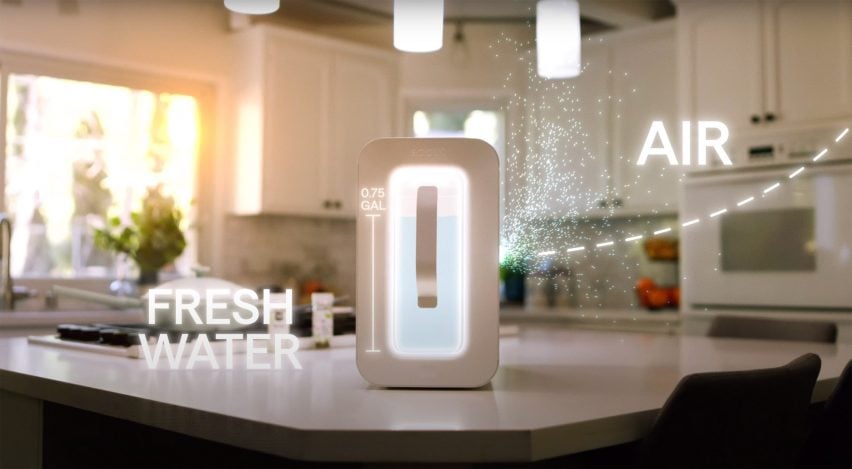
In addition to producing water, the faucet also purifies the air around it using a two-layer filtration system, Vollmer said.
“First, the carbon felt layer absorbs volatile organic compounds (VOCs) and eliminates odors, ensuring cleaner, purer air,” he added.
“Then, a high-performance MERV air filter steps in to capture a wide range of airborne particles, including dust, smoke, bacteria and even viruses.”
Data collected by SimpleLab, a third-party water quality testing company, shows that water from Spout is purer than tap water in the United States, according to Vollmer.

“SimpleLab has developed a comprehensive scoring system, ranging from 1 to 99, to rate water purity based on thousands of water quality tests conducted across the United States,” he explained.
“The average US tap water score was set at 42 out of 99. In contrast, Spout achieved an impressive score of 98 out of 99 on the same scale,” he added.
“Comparing these scores, Spout water was calculated to be approximately 230% purer than average tap water.”
With cities at risk of running out of drinking water, and global demand for fresh water expected to exceed supply by 2030, a number of designers and architects are focusing on projects that can conserve and produce water.
US startup Laero has designed a water treatment system that can turn wastewater into drinking water, while Rain Harvest Home in Mexico includes a system to capture and reuse rainwater.
